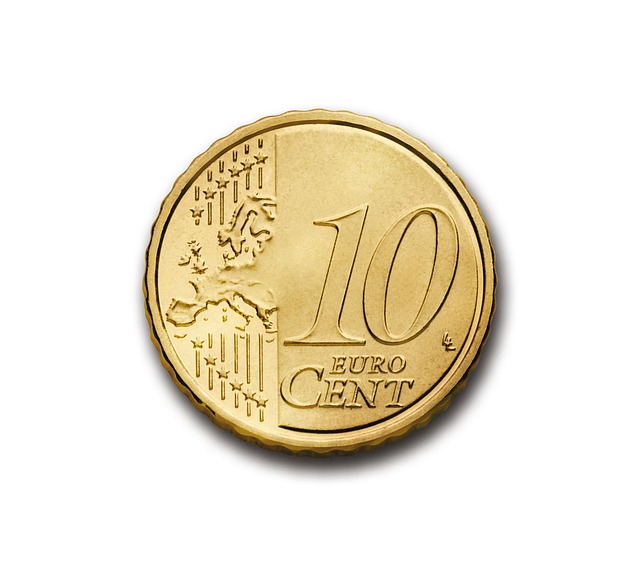Purchase Order (PO) financing is a financial tool that allows businesses to gain immediate access to working capital by leveraging their pending sales orders. This method involves third-party lenders paying suppliers on behalf of buyers upon invoice receipt, separating procurement from settlement and enhancing cash flow management. Understanding PO financing basics—including types like direct loans, factoring, and dynamic discounting—is crucial for SMEs aiming to optimize operations, improve supplier relationships, and navigate their supply chains effectively in a competitive market.
Looking to streamline your business cash flow and fuel growth? Understanding purchase order financing basics could be a game-changer. This comprehensive PO financing guide dives into the fundamentals of this powerful tool, helping businesses access funds quickly and efficiently. From understanding PO financing to exploring different types and essential benefits, you’ll uncover how this strategy can optimize your supply chain and boost success. Get ready to navigate your business’s financial landscape with confidence!
- What is Purchase Order Financing?
- How Does Purchase Order Financing Work?
- Benefits of Using Purchase Order Financing
- Types of Purchase Order Financing
- Getting Started with Purchase Order Financing: A Step-by-Step Guide
What is Purchase Order Financing?

Purchase Order (PO) financing is a financial tool that enables businesses to secure funding for their purchases before they are due. It’s an essential aspect of understanding purchase order financing basics, offering a way for companies to manage cash flow and acquire goods or services without immediate payment. By utilizing PO financing, businesses can separate the procurement process from the actual settlement, providing them with much-needed flexibility and time to facilitate transactions.
This financing method involves a third-party financial institution that pays the supplier on behalf of the buyer upon receipt of the invoice. It’s a fundamental concept in supply chain management, serving as a vital link between buyers and suppliers. Understanding PO financing fundamentals is crucial for businesses looking to optimize their operations, improve cash flow management, and foster strong relationships with both customers and vendors.
How Does Purchase Order Financing Work?

Purchase order (PO) financing is a financial solution that enables businesses to secure funding for purchases before they are made. It’s an essential tool, especially for small and medium-sized enterprises (SMEs), looking to streamline their cash flow management. This process involves several key players: the buyer (the business requesting the goods or services), the seller (the supplier who provides them), and a financial institution (often a bank) that facilitates the transaction.
Here’s a basic breakdown of how it works: when a buyer places an order with a seller, they can request PO financing from a lender. The lender then evaluates the purchase order based on factors like the creditworthiness of the buyer, the supplier’s reputation, and the quality of the goods or services requested. If approved, the lender pays the supplier directly, releasing funds to the buyer to cover their purchases. This method offers businesses an efficient way to gain immediate access to working capital without the need for traditional loans or extensive collateral.
Benefits of Using Purchase Order Financing

Purchase Order (PO) financing is a powerful tool that offers numerous advantages for businesses seeking to optimize their cash flow and financial health. By understanding PO financing fundamentals, businesses can tap into this essential resource, providing a flexible funding solution tailored to their needs. It essentially involves using POs not just as a purchase mechanism but also as a means to secure immediate working capital, enabling companies to fund their operations, especially when dealing with longer payment terms from suppliers.
This innovative financing method streamlines the purchasing process by allowing businesses to obtain funds against pending sales orders. It’s particularly beneficial for companies in industries with lengthy order-to-payment cycles, such as those in manufacturing or B2B e-commerce. PO financing helps businesses bridge the gap between completing a sale and receiving payment, ensuring they have the cash flow needed to manage operations, invest in growth opportunities, and maintain financial stability.
Types of Purchase Order Financing

Purchase order financing is a powerful tool for businesses looking to streamline their cash flow and support growth. At its core, it involves using purchase orders (POs) as collateral to secure funding for inventory purchases. This method provides a straightforward and efficient way to access capital, bridging the gap between when a business makes a purchase and when they receive payment from customers.
There are several types of PO financing options available, each catering to different business needs: 1. Direct Financing: Businesses can obtain loans directly from financial institutions using their POs as collateral. 2. Factoring: This involves selling the PO to a third-party factor, who advances the payment and takes over the collection process. 3. Dynamic Discounting: A more advanced approach where businesses offer discounts to early payers, encouraging quicker settlements and improving cash flow. Understanding these PO financing essentials is crucial for any business aiming to optimize its financial strategies and achieve success in today’s competitive market.
Getting Started with Purchase Order Financing: A Step-by-Step Guide

Getting Started with Purchase Order Financing involves a clear understanding of its fundamentals. Purchase order financing basics is a powerful tool for businesses, enabling them to access immediate cash flow by financing their existing purchase orders. Before beginning, ensure you grasp PO financing fundamentals: it’s not a loan, but rather an advance against future payments from suppliers. This means your business can obtain funds faster and with less paperwork than traditional financing methods.
A step-by-step guide to getting started includes identifying suitable PO financing providers, evaluating their terms and conditions, and comparing offers based on interest rates, fees, and repayment terms. Once selected, initiate the process by submitting your purchase orders to the chosen provider who will then fund a percentage of the total order value. Subsequently, when your supplier invoices you, the remaining balance is settled, typically with automated debits from your account. This introduction to purchase order financing streamlines cash flow management and supports business growth by providing working capital without tying up assets or incurring complex obligations.






